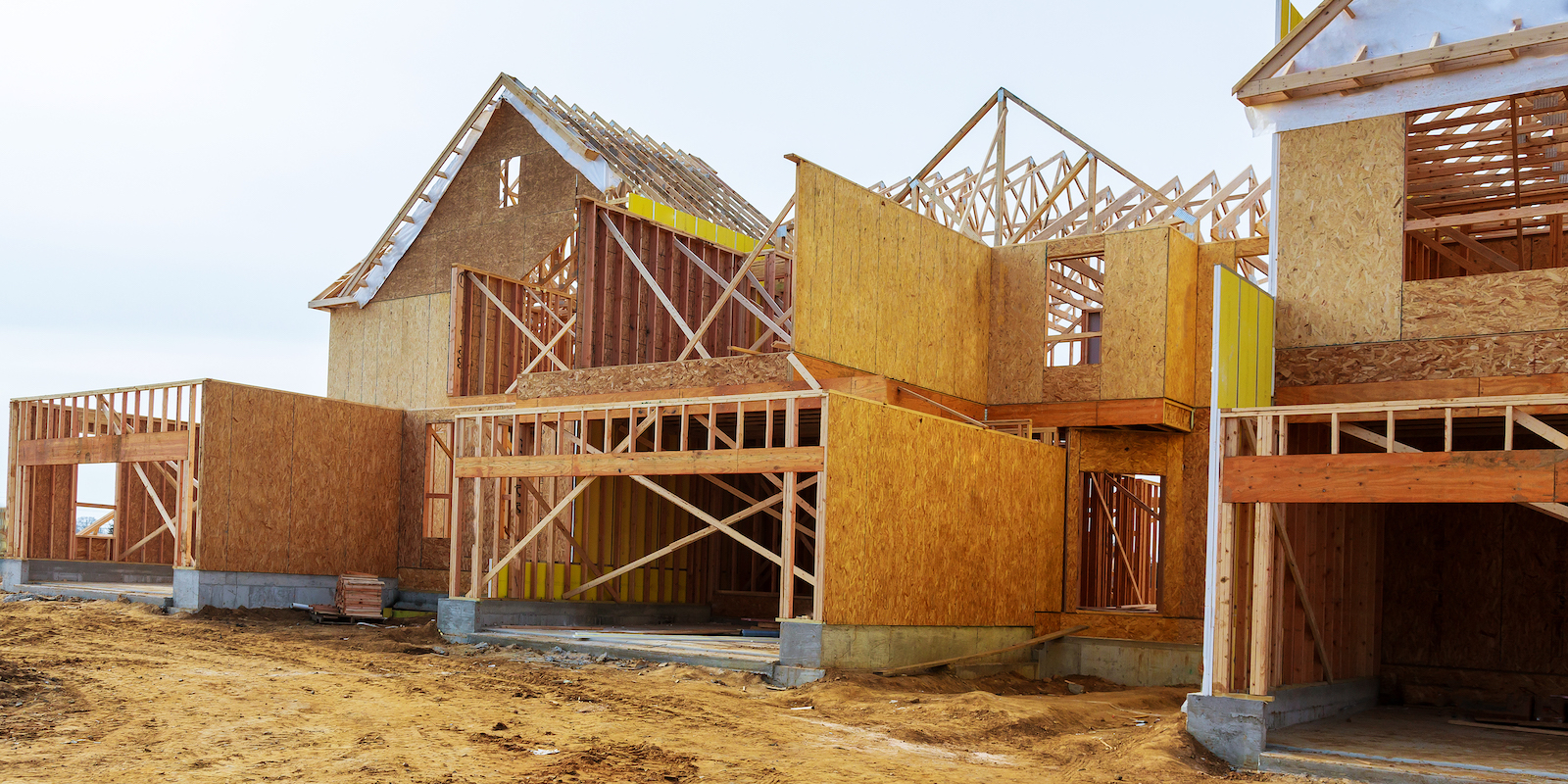Builders who are still skeptical of committing to zero energy construction may soon have to change their minds. The residential zero energy housing market in the U.S.and Canada is growing faster than every other major innovation in the industry since ENERGY STAR, according to the TEAM ZERO 2019-2020 Zero Energy Residential Buildings Inventory. The newly published Inventory of zero energy housing units shows close to 28,000 already built and another 30,000 in the pipeline. The study, which shows the numbers of zero energy homes by city and state or province and highlights key zero energy projects, was just released by TEAM ZERO, in cooperation with the Energy and Environmental Building Alliance (EEBA).
“The almost 28,000 projects provide a proven template for the success of high-performance technologies and building innovations being successfully adopted today,” said Aaron Smith, CEO of EEBA and Board Treasurer of Team Zero.
More Zero Energy projects are being planned now than all the units that were built during the six years since Team Zero launched the inventory, suggesting that zero energy residential units could double in 2021. Consumers looking for a zero energy home, but not yet finding them in their state, may not have long to wait.
The report tracks both full zero energy homes and zero energy-ready homes. Full zero energy homes generate as much energy as they use over the course of a year, usually with onsite solar electric panels. Zero energy-ready homes have all the same energy saving features and are solar ready, but don’t yet have solar panels. The findings show a significant rise in overall energy performance as an increased proportion of the units are full zero energy units. This category grew by more than one-third over the past year from 29% of units to 38.6%, while the rest are zero energy-ready.
Multifamily projects comprise 75% of the total zero energy residential inventory. In the U.S., multifamily units make up 73% of the country’s zero energy stock, a notable increase from 67% in 2018. Canada maintained its 90% share of multifamily projects in its total zero energy inventory. In 2019 to 2020, California grew its lead in the number of zero energy projects (10,959 units), and Colorado increased its ranking from 7th to 5th place (1,311 units).
Six years of inventory data collection are used on the TEAM ZERO site to display the development of zero energy homes across different regions, fuel sources, energy systems, on and “off-grid” homes, and stages of development. The survey offers findings on zero energy residential design and construction activity, including developments in the process of achieving zero energy. Explore the results of the inventory in depth and look for future real time updates.
The rapid growth of zero energy homes is attributed to increasing awareness that these are superior homes that cost less to own, resulting in greater demand from buyers. Soon, you can watch the market evolve as it occurs; and you can contribute to the growth of zero anytime.
The inventory is now ongoing, so you can enter your projects as soon as they are completed. If you have built a zero energy or zero energy-ready home in the past that has not yet been entered, please enter it now.

